Solar System
Explore Solar System
Latest about Solar System
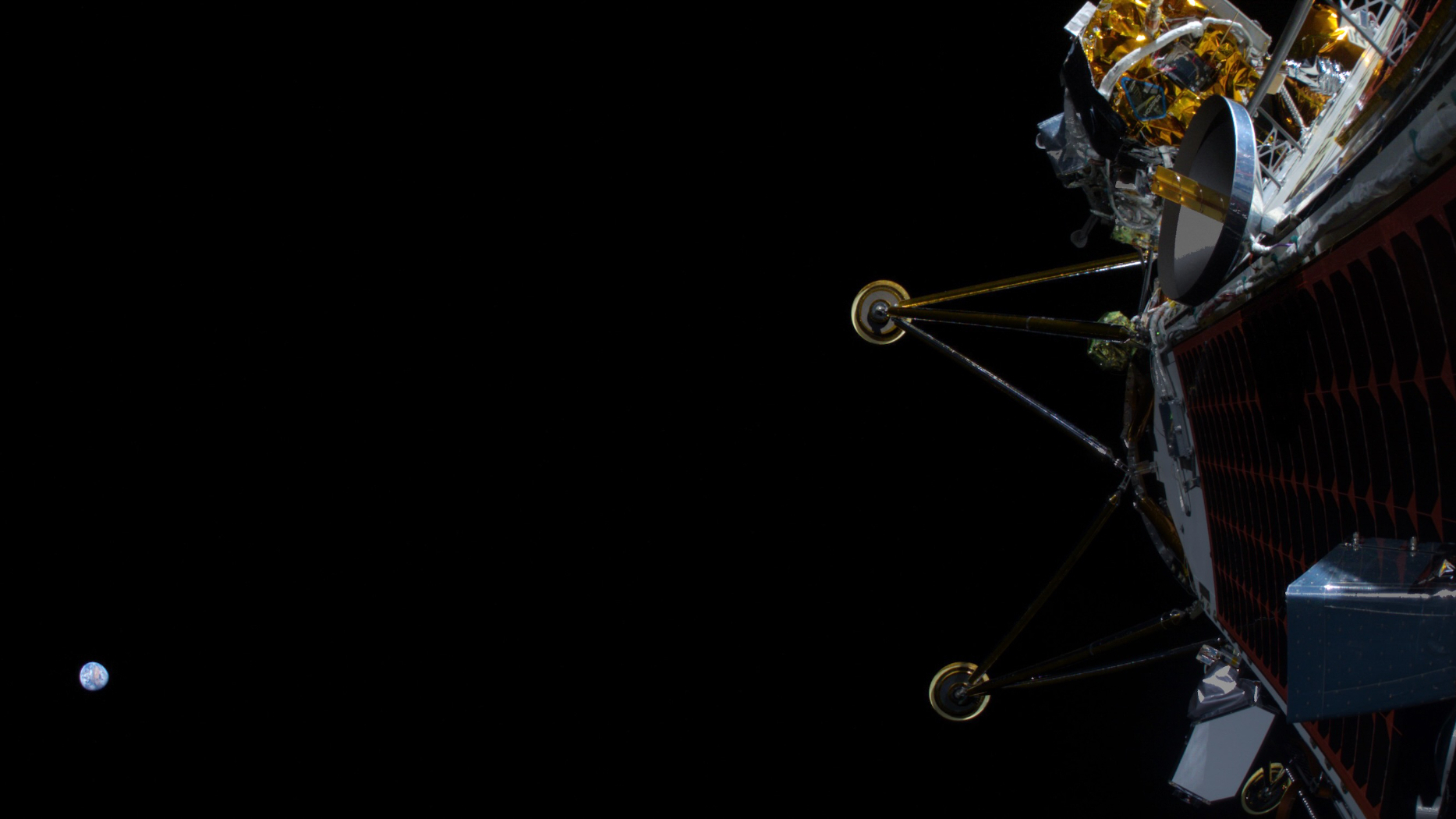
Private Athena moon lander enters lunar orbit ahead of March 6 touchdown try
By Andrew Jones published
Intuitive Machines' Athena moon lander successfully entered lunar orbit on Monday (March 3), keeping it on track for a touchdown attempt on March 6.
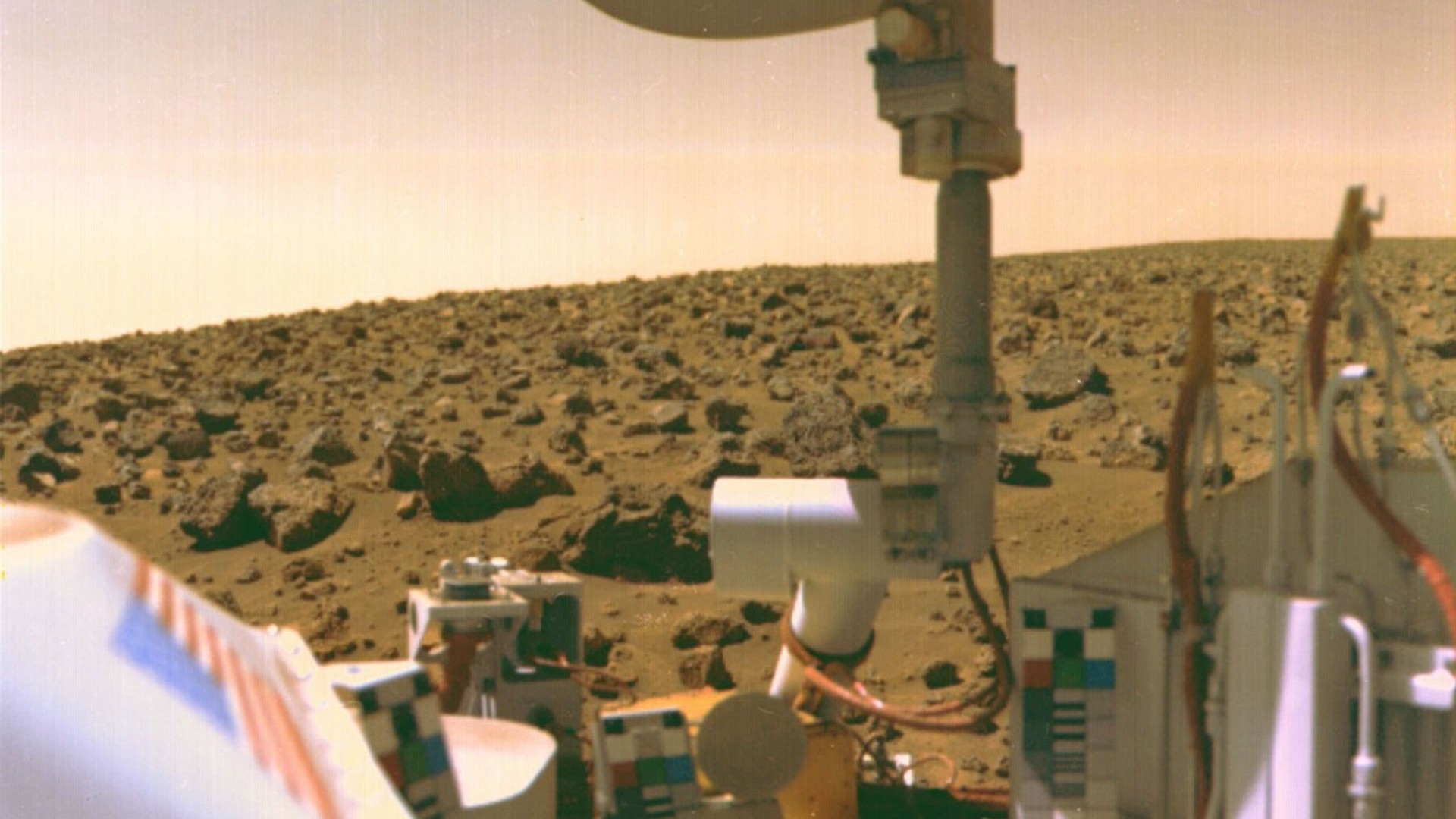
Is it time to revisit what NASA's Viking lander found on Mars in 1976?
By Leonard David published
A new study reconsiders the controversial findings of NASA's Viking Mars lander in 1976, which some argue may have shown signs of past life on the Red Planet.
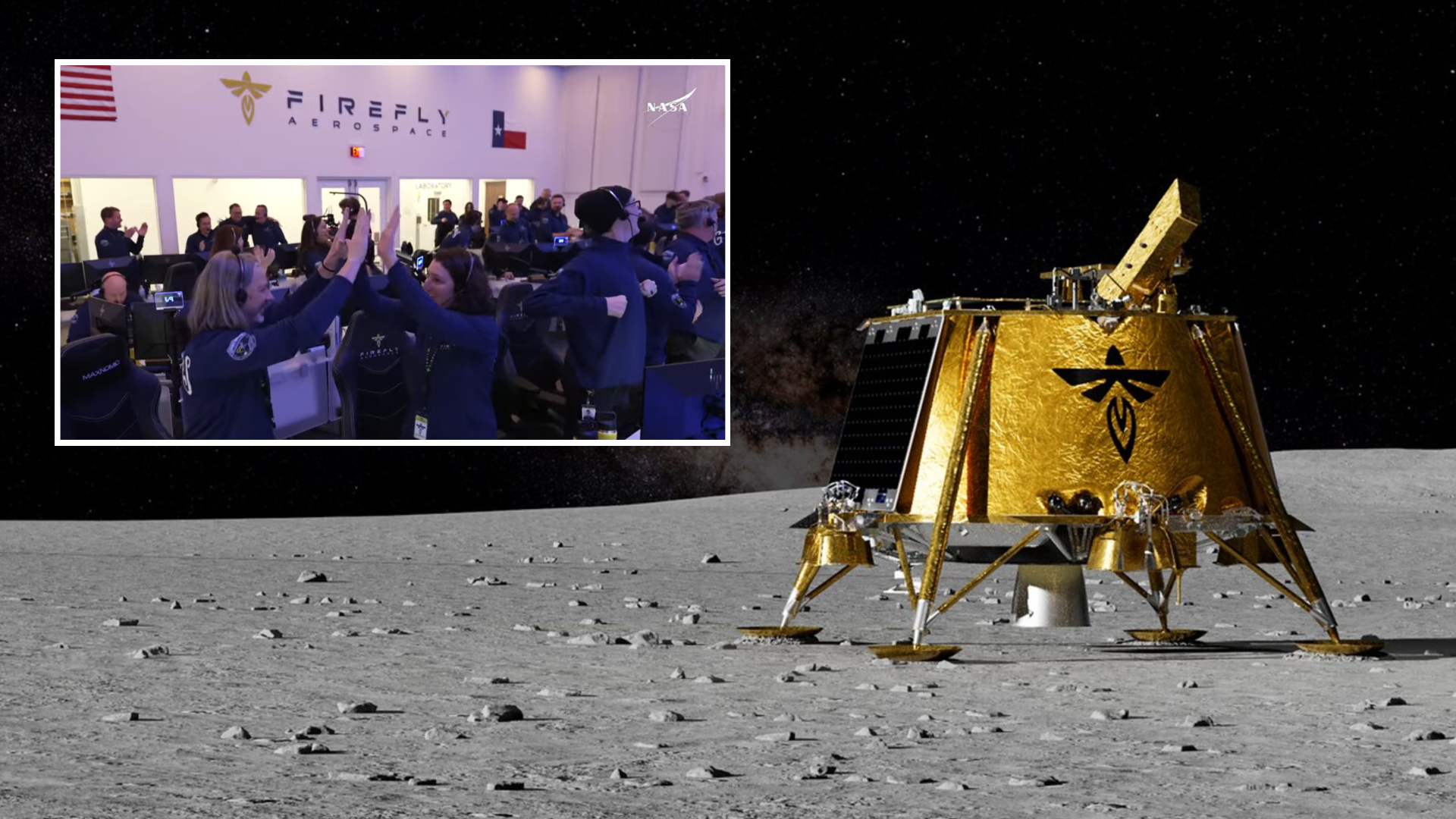
'We're on the moon!' Private Blue Ghost moon lander aces historic lunar landing for NASA
By Mike Wall published
Firefly Aerospace's Blue Ghost spacecraft made history today (March 2), becoming just the second private vehicle ever to soft-land on the moon.
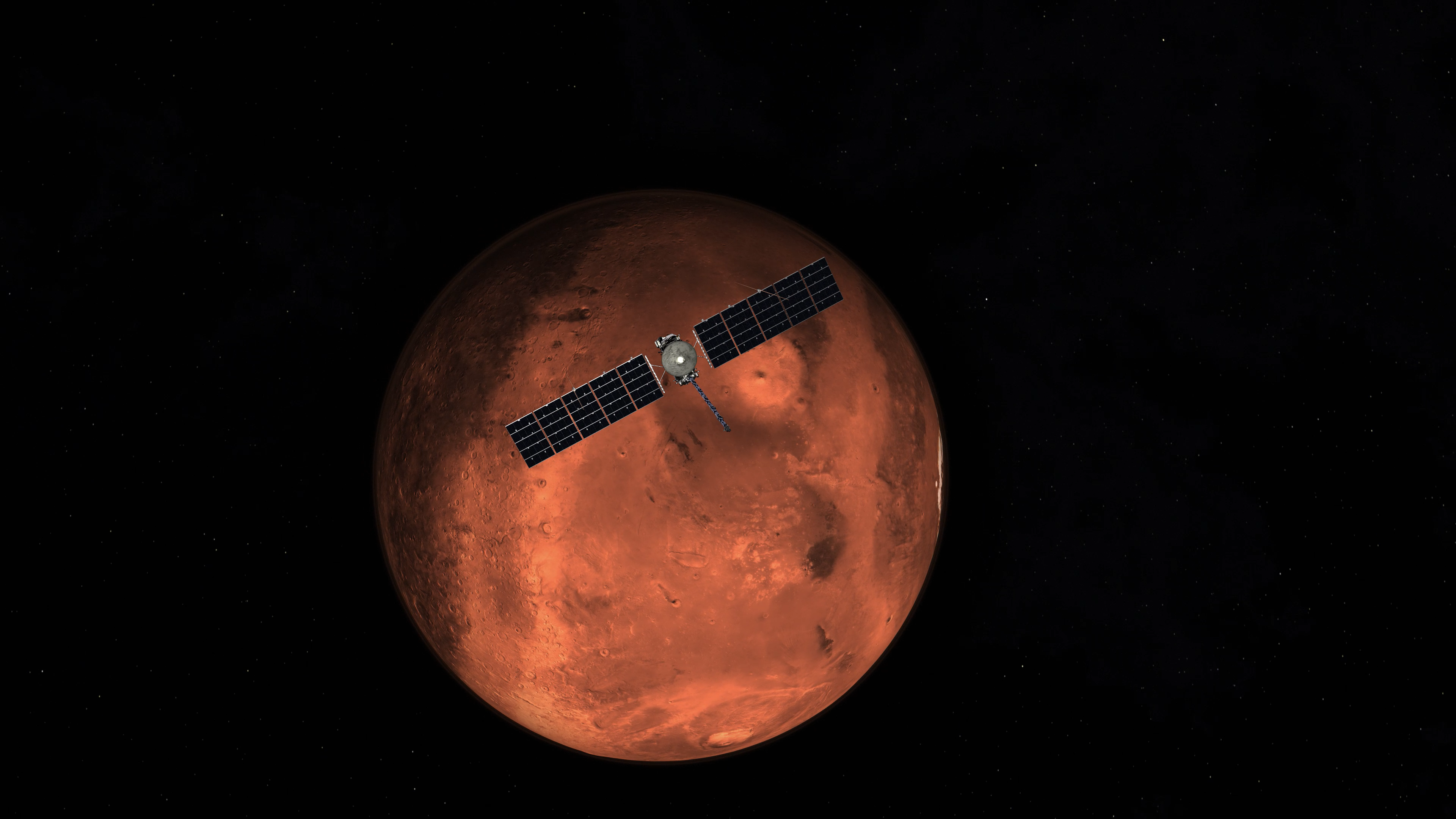
NASA's Europa Clipper will fly close to Mars today on way to Jupiter's icy moon
By Sharmila Kuthunur published
NASA's Europa Clipper will fly past Mars today to adjust its trajectory and position itself for a critical phase of its 1.8-billion-mile (2.9-billion-kilometer) trek to the Jupiter system.

Scientists warn of consequences as over 800 NOAA workers are fired: 'Censoring science does not change the facts'
By Sharmila Kuthunur published
"Everyone in the United States relies on NOAA in their daily lives whether they realize it or not, something that will come into focus for many in the weeks and months ahead."

A Chinese research team is developing a lightweight robotic drone that could aid the nation's Mars exploration ambitions.
By Leonard David published
"On the ground, it mainly rolls by shifting its center of gravity."
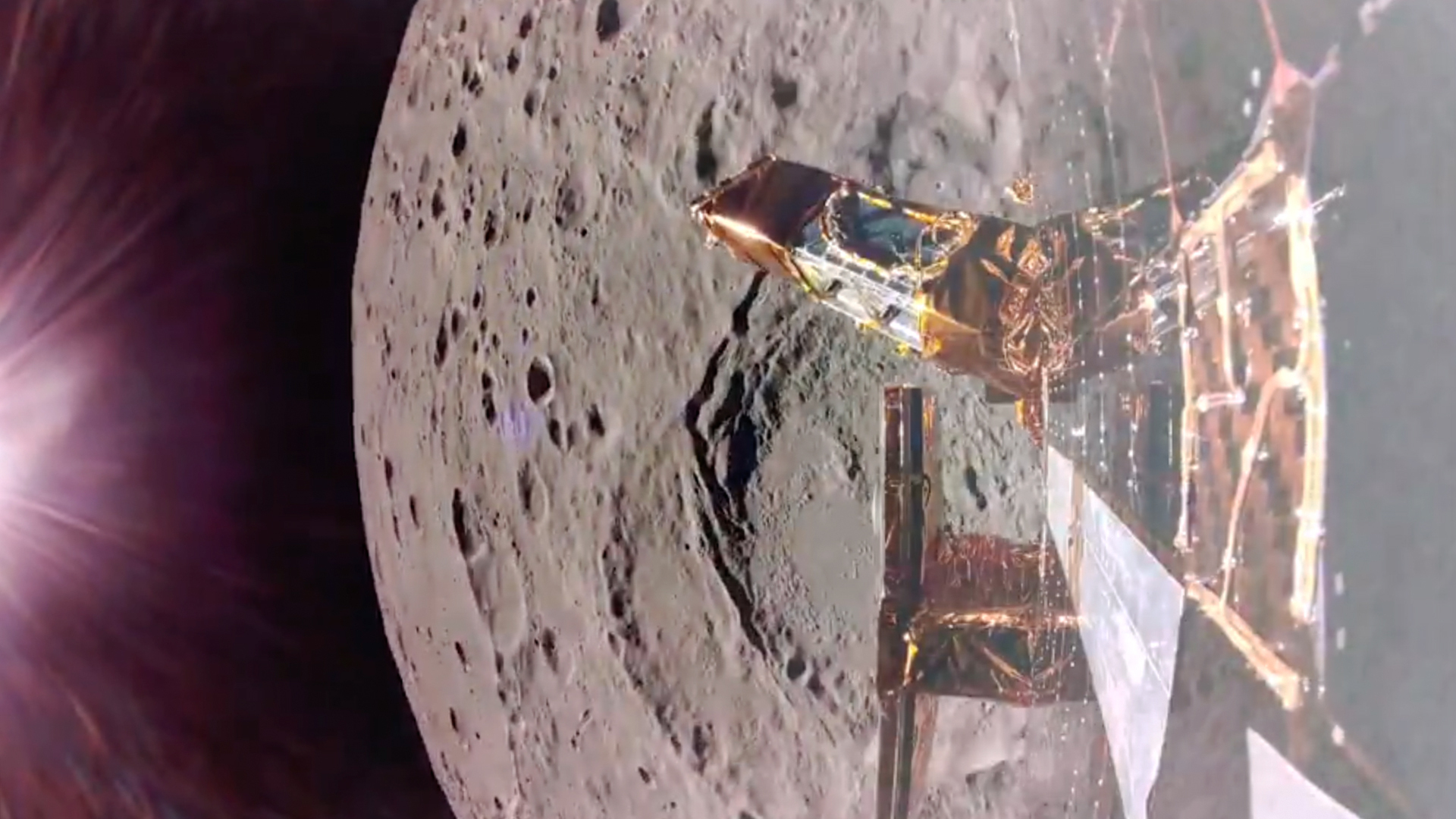
There are 3 private lunar landers headed to the moon right now — a 1st in space history
By Mike Wall published
Three private lunar landers are on their way to the moon right now, a surge of exploration never before seen in spaceflight history.
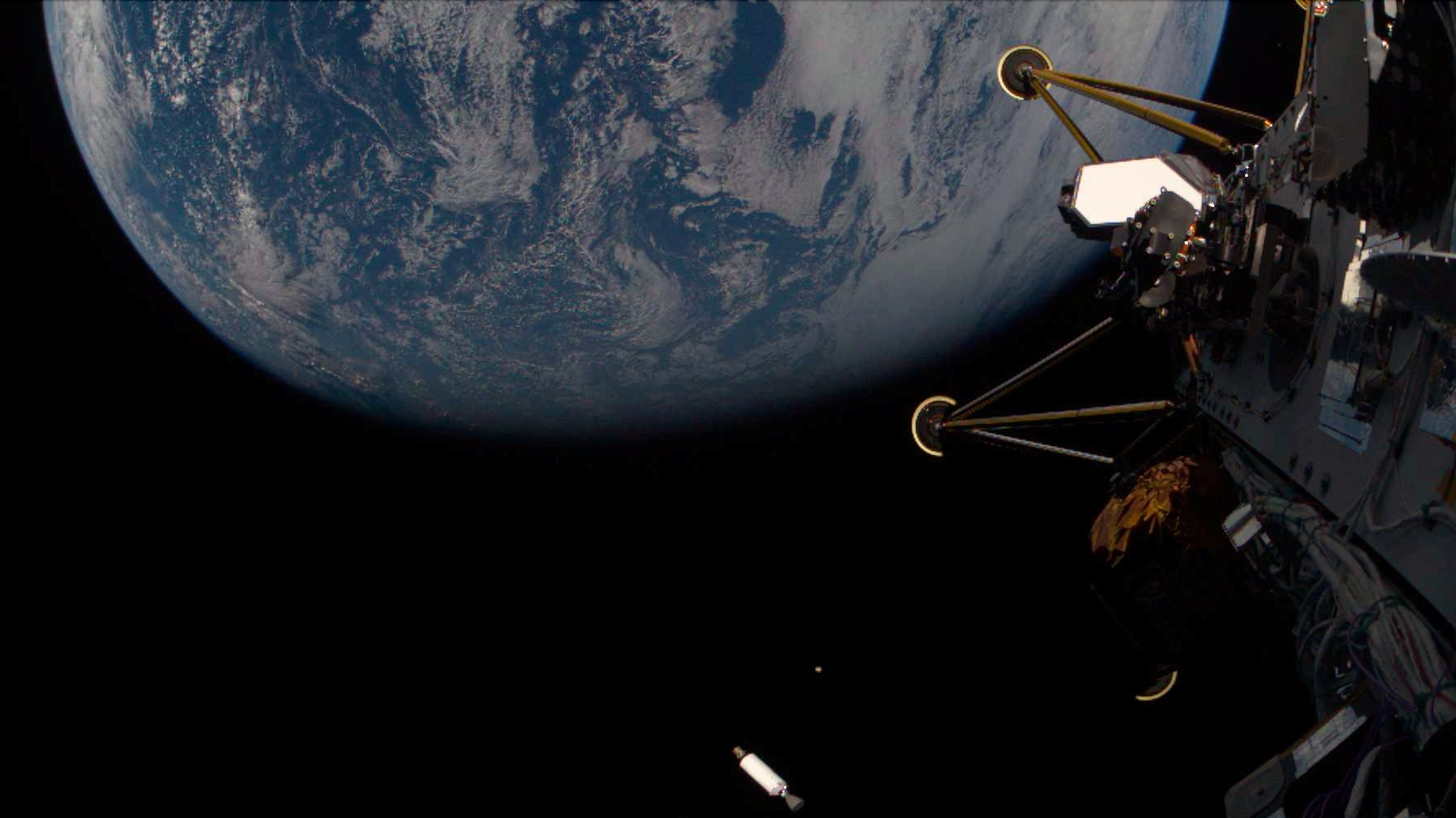
Private Athena moon lander beams home gorgeous views of Earth from space (photos)
By Mike Wall published
Intuitive Machines' second lunar lander, named Athena, snapped some amazing shots of its home planet shortly after launching atop a SpaceX Falcon 9 rocket on Feb. 26.
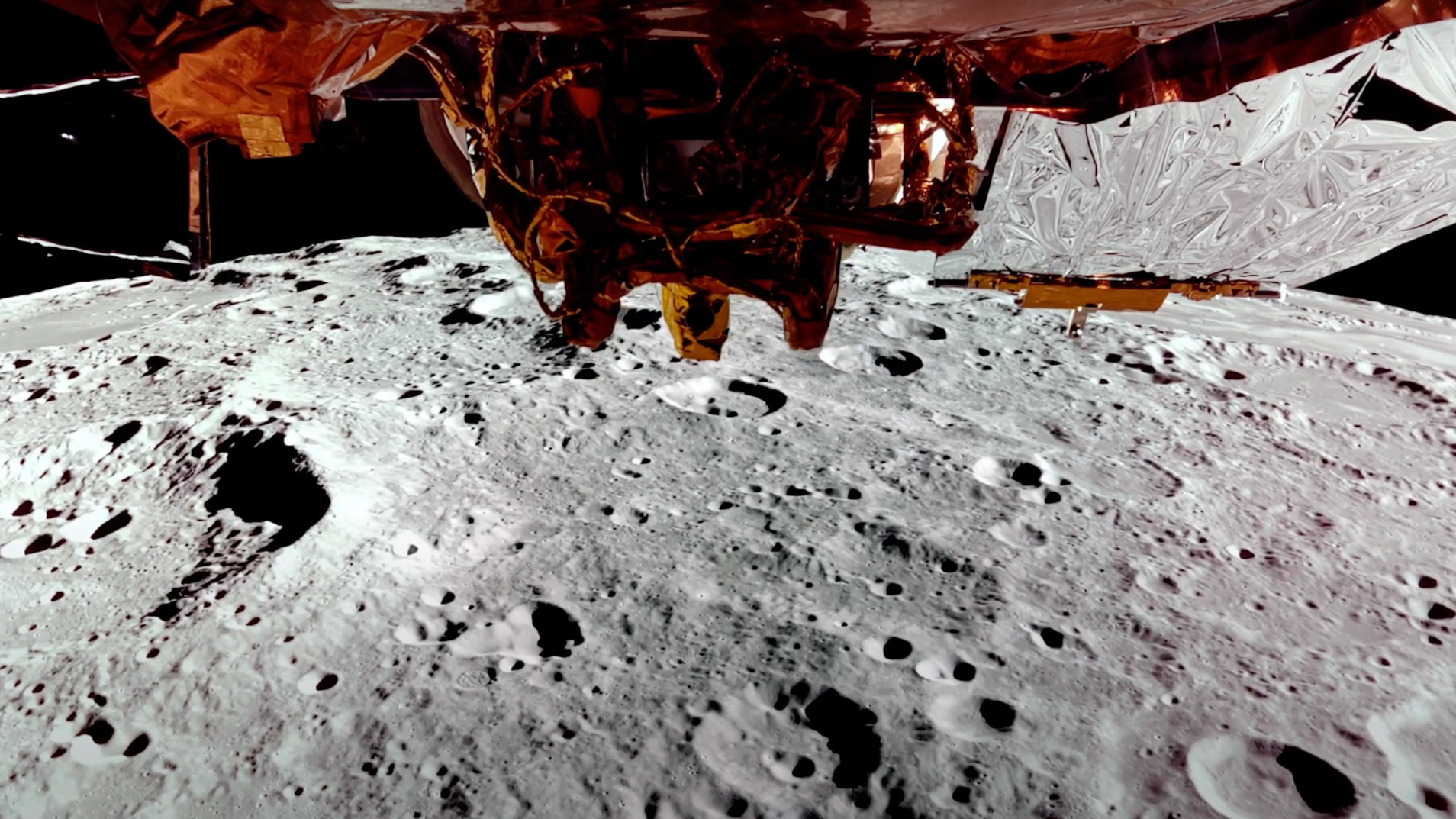
Private Blue Ghost lander sees far side of the moon in breathtaking detail ahead of lunar landing (video)
By Mike Wall published
Firefly Aerospace's Blue Ghost lunar lander has beamed home stunning views of the moon from an altitude of just 62 miles (100 kilometers).

NASA supercomputer finds billions of comets mimicking the Milky Way's shape: 'The universe seems to like spirals!'
By Robert Lea published
Astronomers have discovered that billions of comets in an icy shell around the solar system called the Oort Cloud mimic the spiral structure of the Milky Way.
Get the Space.com Newsletter
Breaking space news, the latest updates on rocket launches, skywatching events and more!
